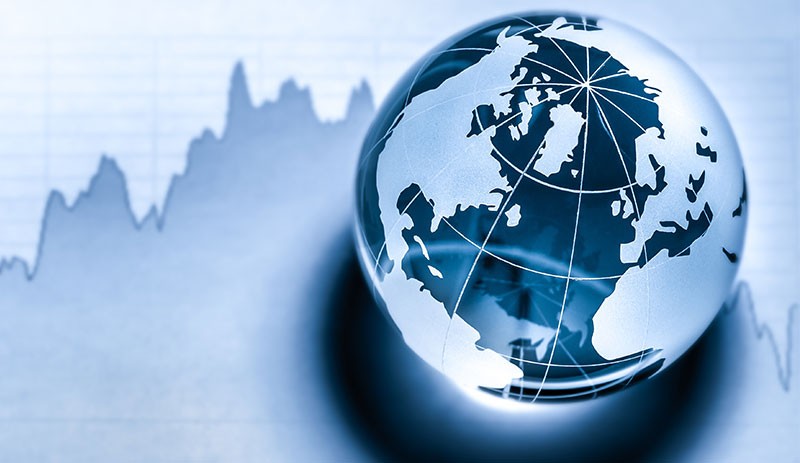Next year, countries will have to pay close attention to these five risks if they do not want the global economy to suffer a huge blow.
Currently, international economic circles are focusing on the possible risks to the world economy and world trade in 2022. When we look at international articles and reports prepared by well-known financial institutions, it becomes clear that five main risks come to the fore.
Omicron
The first is the new version of the coronavirus Omicron and the new solutions for closing businesses. Following the announcement that the first patient had died in the United Kingdom as a result of this option, excessive restrictions, quarantines, and the complete closure of border crossings in many European countries have re-emerged. It is said that some countries are already discussing the introduction of measures from 1 or 3 January 2022, and especially to take final measures before the Christmas holidays.
Many European countries, especially France, have started talking about returning working conditions remotely for two or three days a week. Surveys conducted in many leading countries over the past six months on working life show that even if the pandemic ends, people will require telework to last at least two days a week. However, in the event of school closures and strict quarantine decisions, this again means a loss of income in the services sector worldwide, a risk that would severely limit countries’ economies, growth, employment and public finances.
Consumer price index
The second critical risk is that of high global inflation, which is expected to continue until mid-spring next year. The growth rate of the consumer price index (CPI) in the US is expected to reach 7% at the end of 2021 and will remain until the beginning of April. Although annual headline inflation is expected to decline in a significant number of G7 countries by mid-summer 2022, global inflation risk due to world commodity prices, agriculture and food, energy and logistics costs, is a significant problem.
Stagflation
In this situation, the third important risk for 2022 arises stagflation (a term from macroeconomics, which refers to a state of the economy characterized by low economic growth, rising inflation, and rising unemployment – ed. Note). It is argued that if global inflation risk causes disagreement among central banks, especially the US Federal Reserve (Fed), the European Central Bank (ECB), and others, the “hawks” will prevail over the “pigeons” with their demands to tighten monetary policy can cause stagflation with high inflation, severe recession, and high unemployment.
Concerns about China and Russia
The fourth critical risk may come from China and Russia. The most critical problem is the reluctance of the former, as the most important supplier in world trade, to distribute raw materials, rare metals, intermediates, and end products to meet the needs of the world economy, and its “loss of appetite” for meeting these needs.
On the other hand, due to the possible steps that Russia can take with regard to Ukraine, the tensions that will increase between Russia and the European Union and between Russia and the United States will undoubtedly affect regional and world trade, as well as the world economy. generally.
Fiscal policy
Finally, the fifth risk is the narrowing of countries’ fiscal policies. In 2022, many leading countries must reduce their budget deficits and slow down the growth of public debt. This, in turn, may adversely affect the growth, employment, and public social support opportunities of countries.

